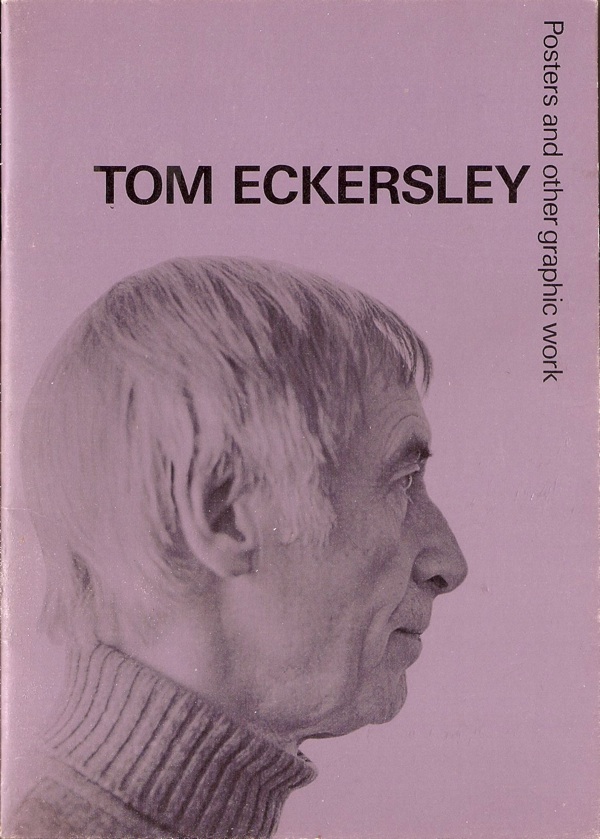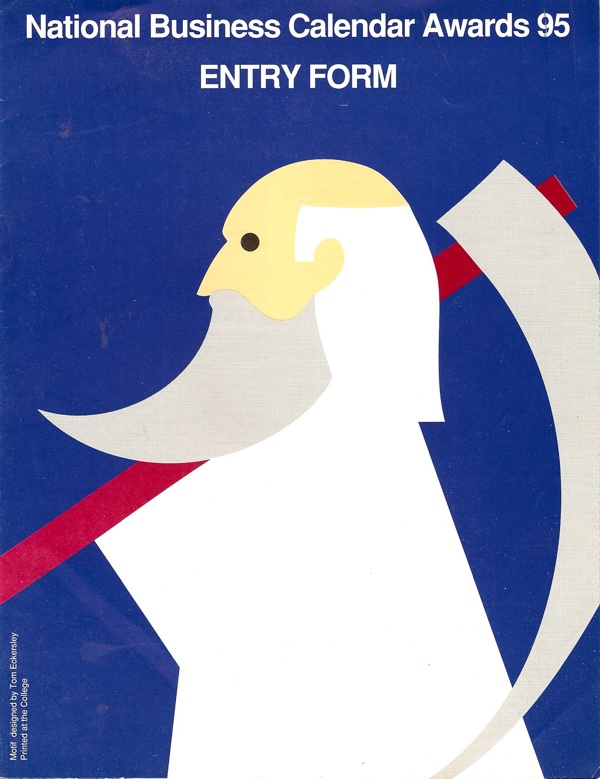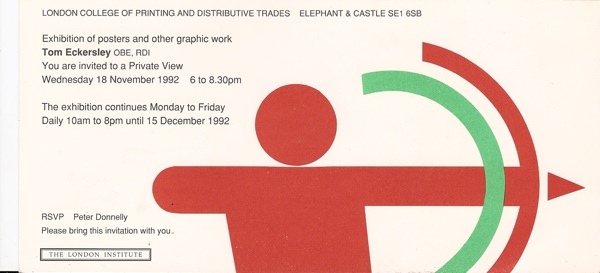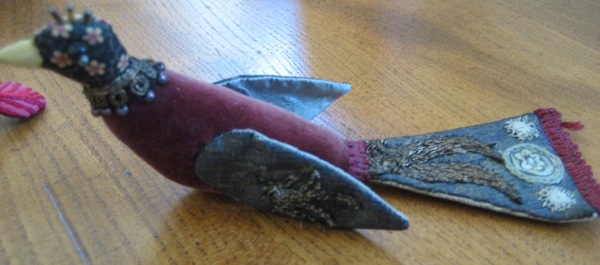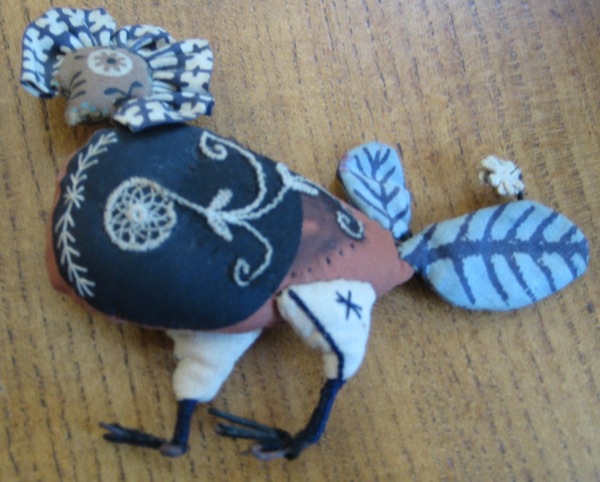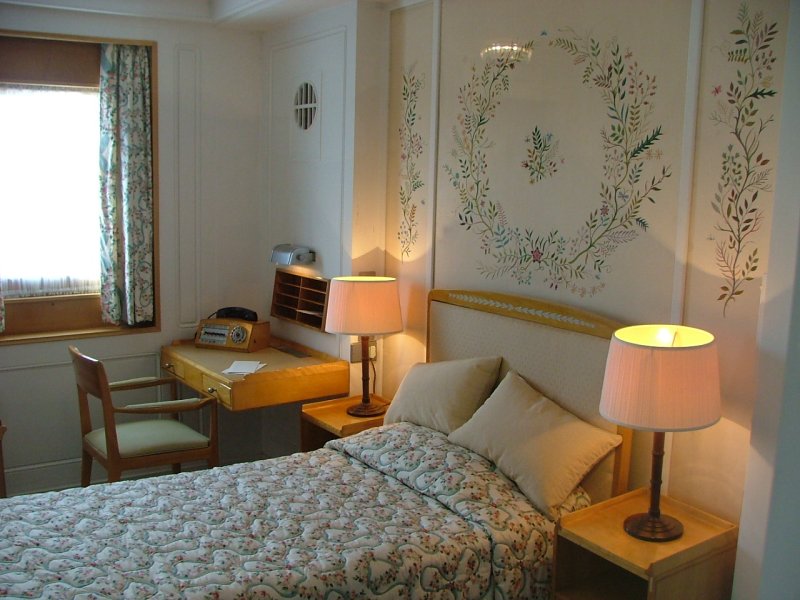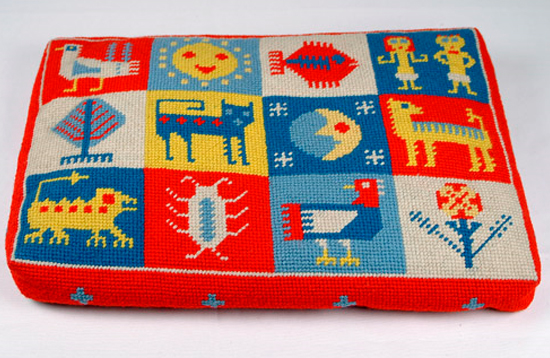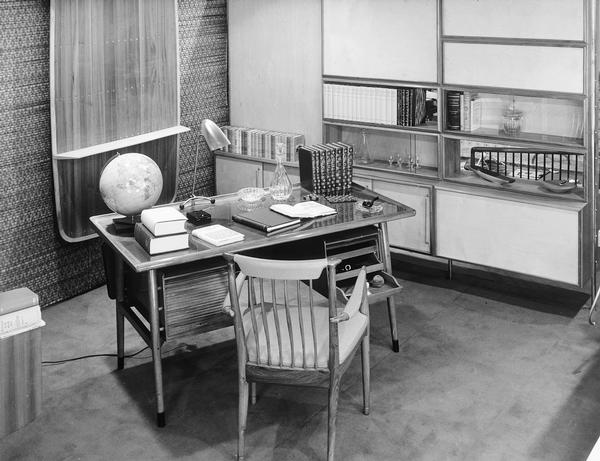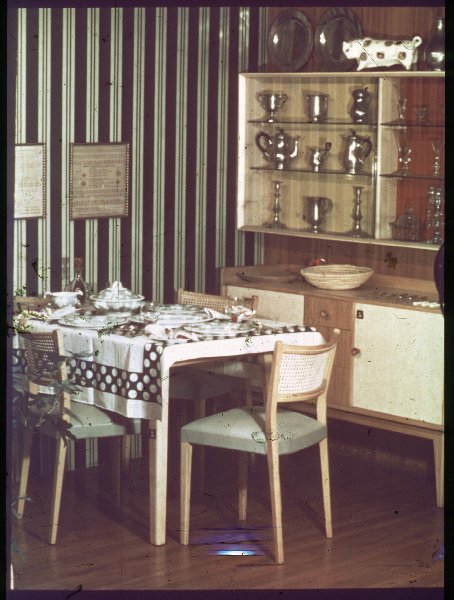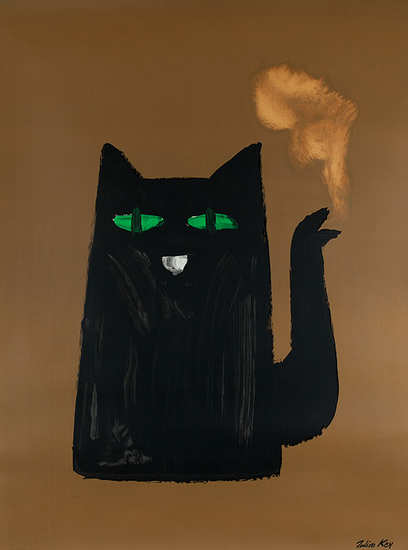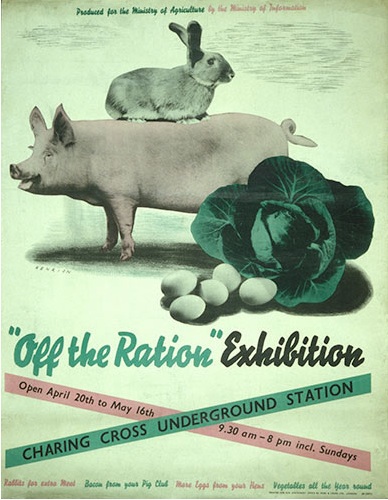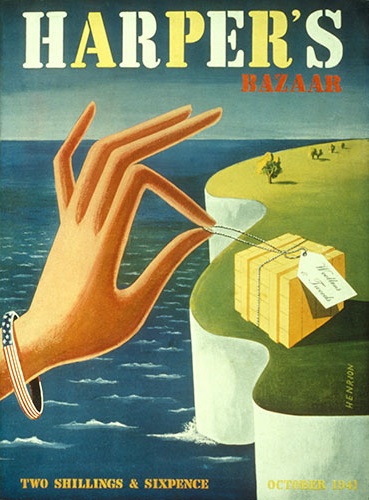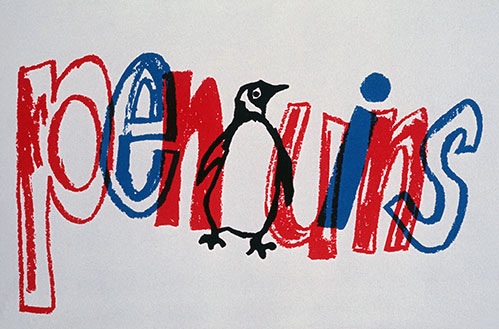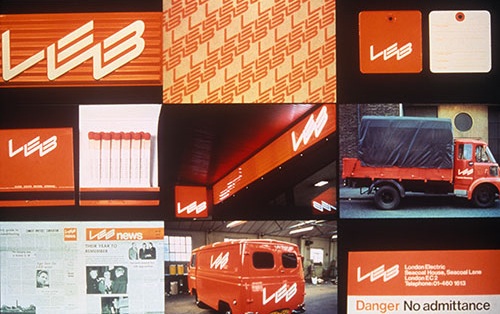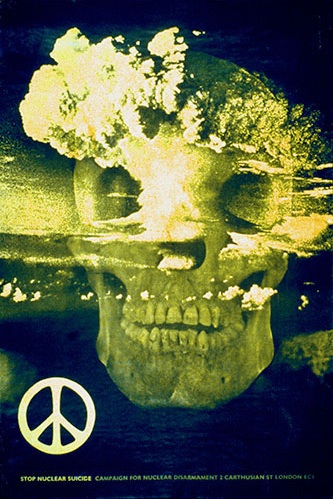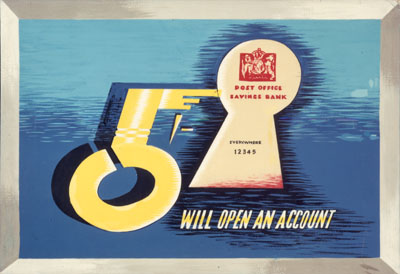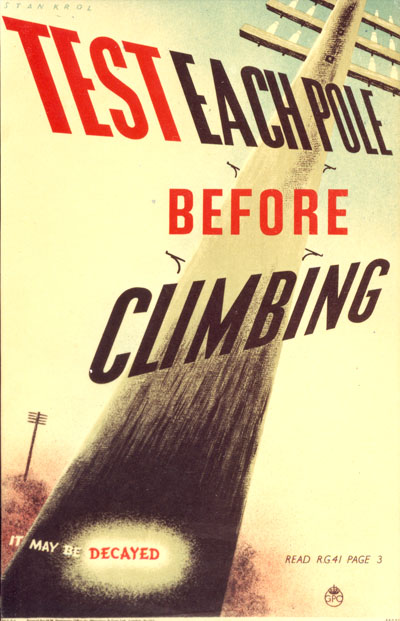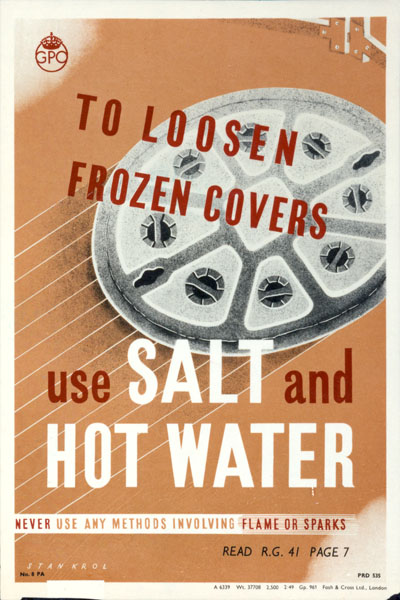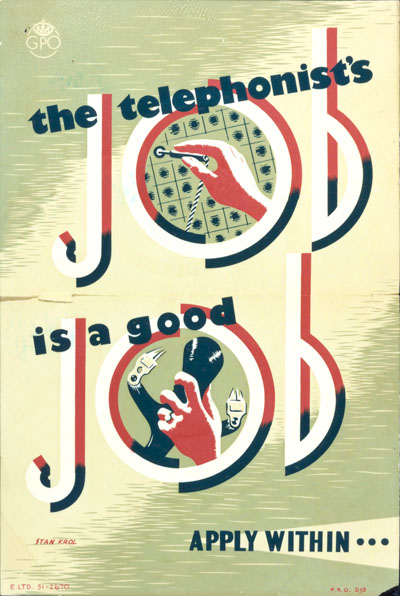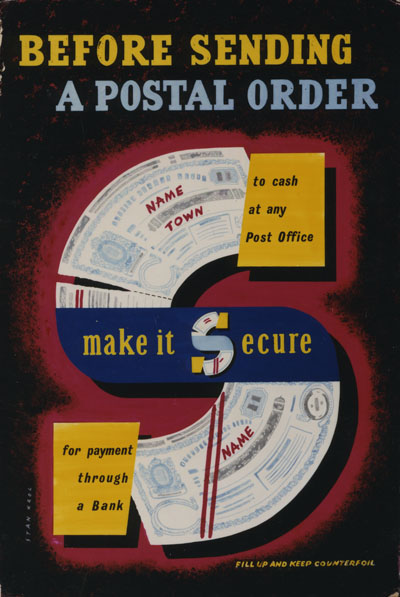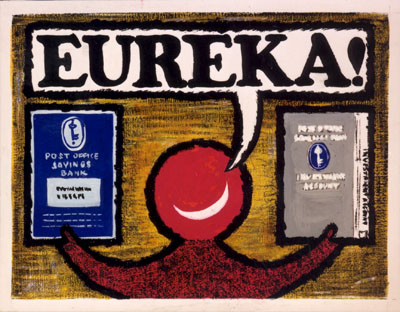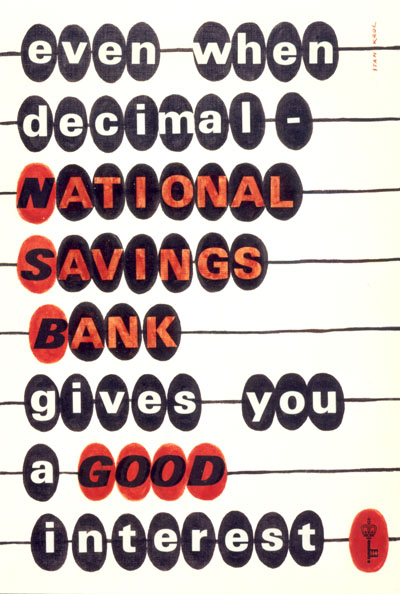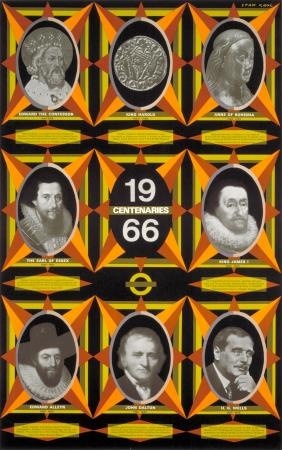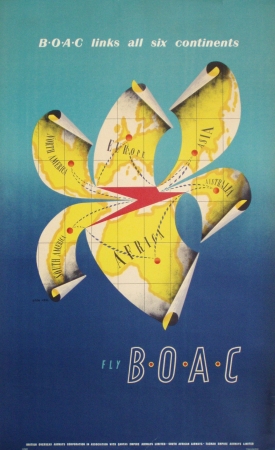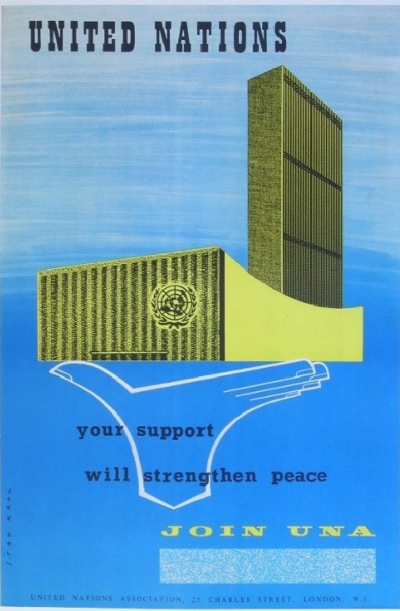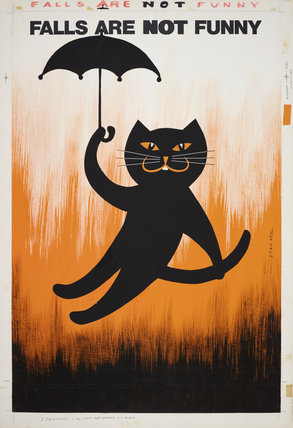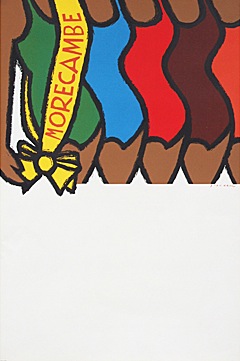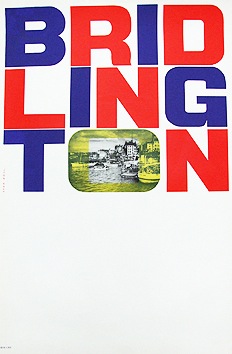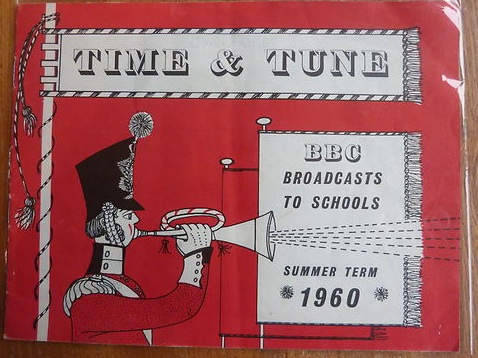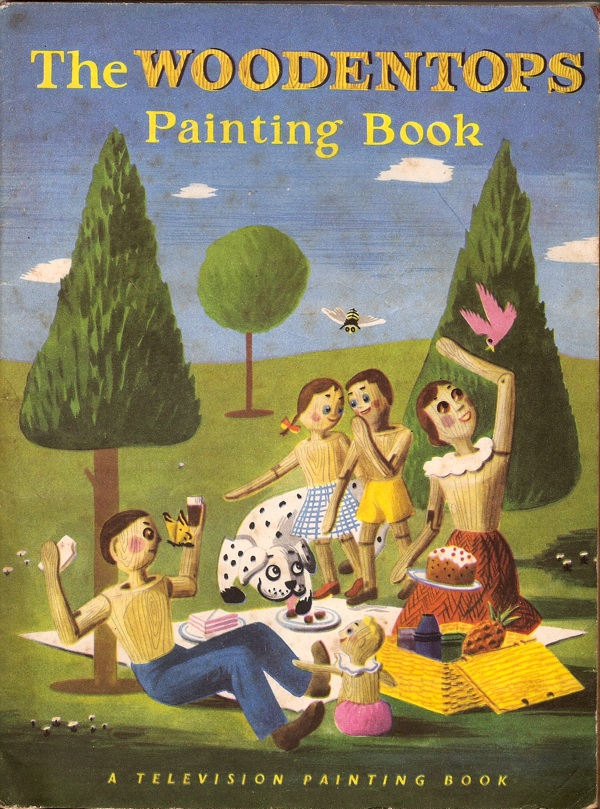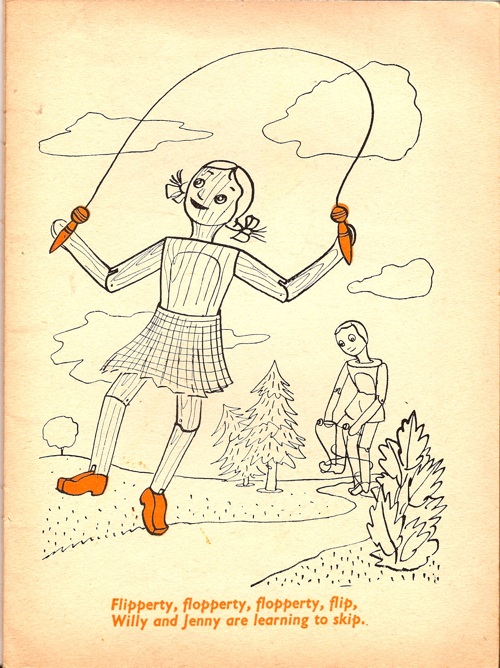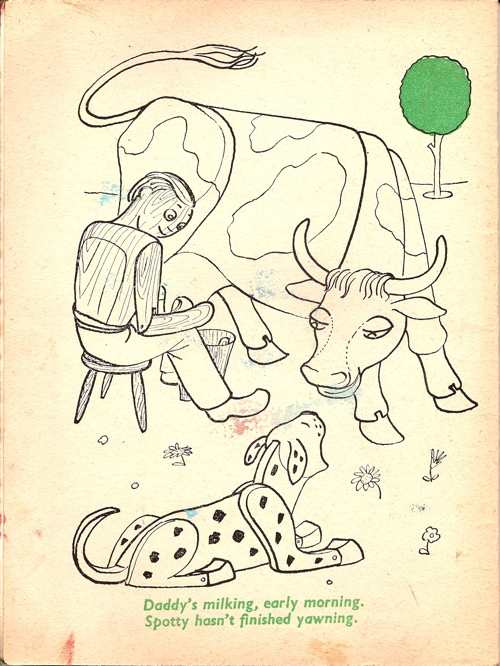An errand sent me rummaging through our stack of Daphne Padden bits and bobs the other day. This made me realise two things. One is that they really ought to be in an archive box, something which has been on my to do list for too long. The other – more relevant here – is that I never got round to scanning much of it in order that you lot could take a look at them. It’s time to make amends, clearly. Here’s a thoughtful bird to start with.
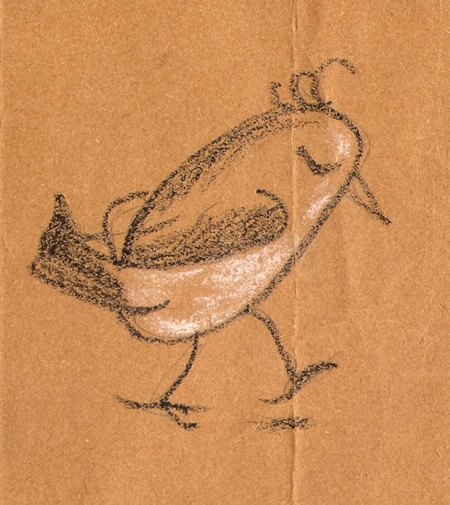
For those who weren’t around last year (where were you?), the executive summary is as follows. After Daphne Padden’s death in 2009, a lot of her posters came up for auction in 2010. We got in contact with the executors after this, and ended up buying a miscellany of drawings, sketches, designs and, well, other stuff which hadn’t been included in the auction.
Most of the archive has gone to the Brighton University Archive of Art and Design where it can be consulted by historians and designers (more exciting developments on this next month too) but we kept a few small pieces that we might want to display one of these days. I posted pictures of a few of them when they arrived, but but promised more. That was some time ago. Oops.
This was the item which particularly made me feel remiss. I swear I had never seen it before, although Mr Crownfolio assures me I have.
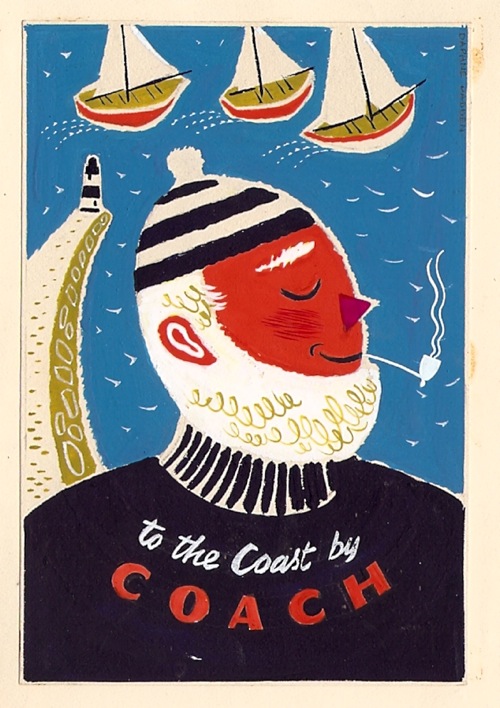
It’s done in real detail but very small (just over 10cm high) and in a little paper folder, so I like to think that this was what she presented to the coach company as a proposal. This is of course the poster commission which resulted, although it does exist with a couple of different varients in its lettering.
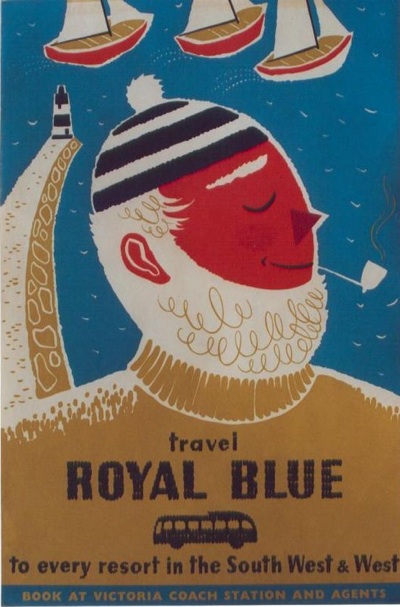
She obviously liked this series of posters a great deal. I’ve posted this study before, but it was all part of the same collection of things she kept over the years.
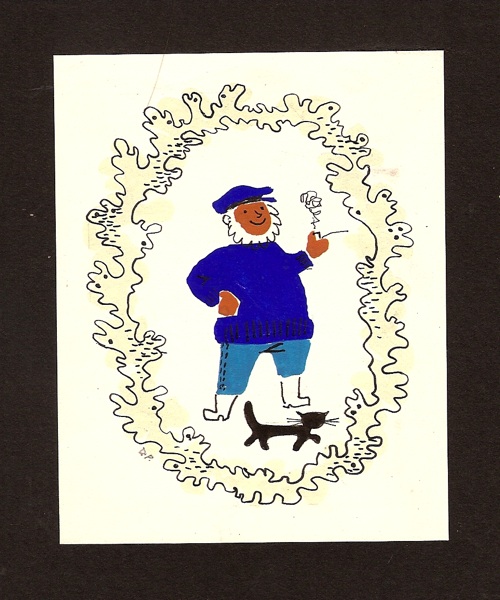
Along with this much rougher sketch, on a torn piece of brown paper.
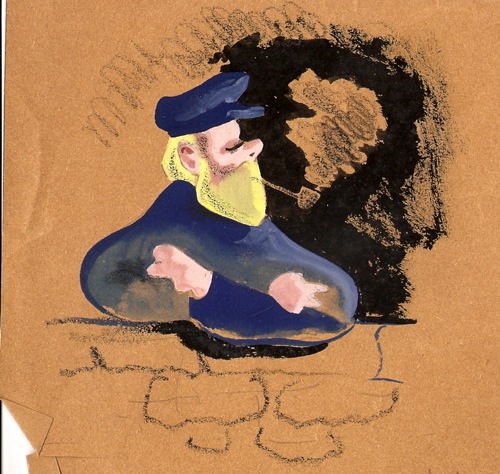
There’s nothing similar for any of her other designs, so she must have felt a real sentimental attachment for this one.
Also of interest are a couple of proofs for British Railways leaflets. This one is helpfully stamped 1963.
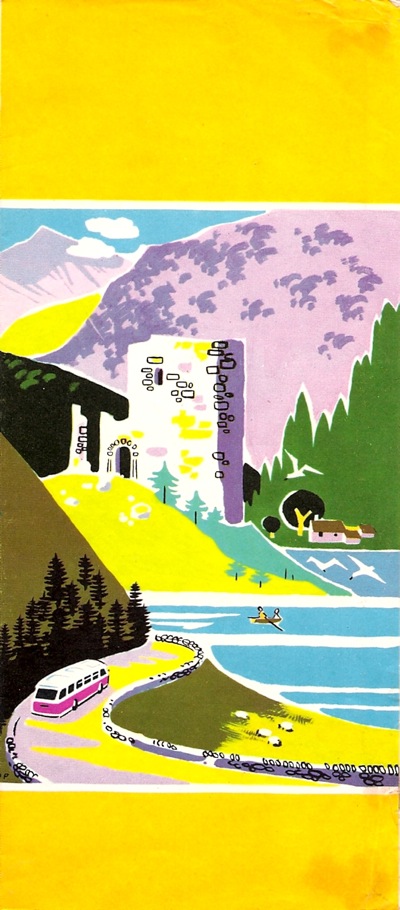
Along with them is one finished leaflet, which looks as though it’s from a slightly different series.
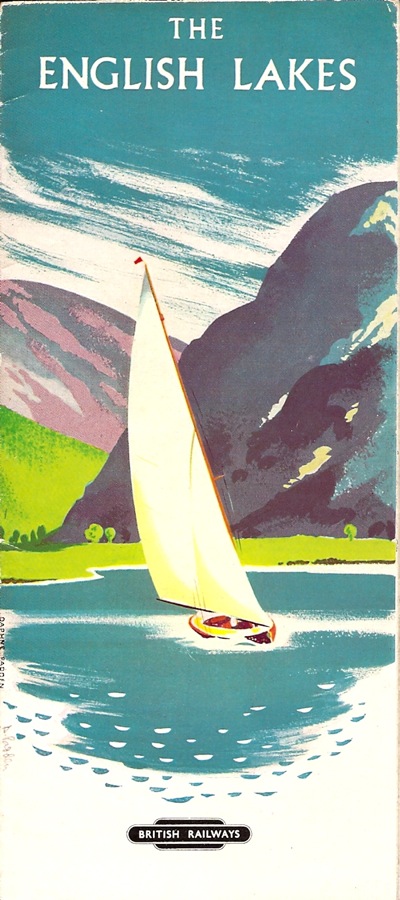
(In case you also worry about these things as much as I do, the BR in-house printing department definitely did the inside on this one, it’s not very exciting at all.)
Once again, I would have had no idea that she’d designed these without this evidence. I also have no idea where to start looking for them in the great sea of ephemera out there, so if anyone can point me at some more, I’d be very interested to see them.
Finally, there is this. I have no idea what it is for or even if it was by her at all, but I rather like it.
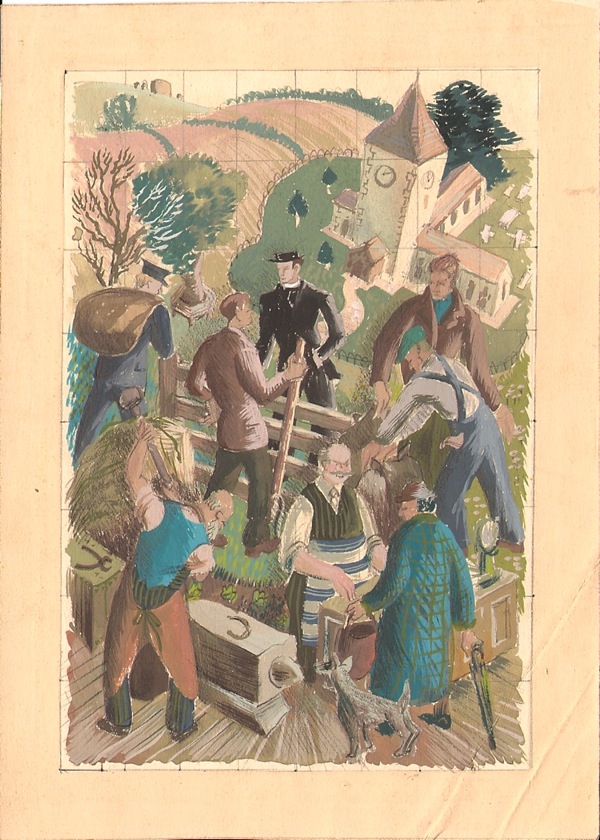
What do you think?
